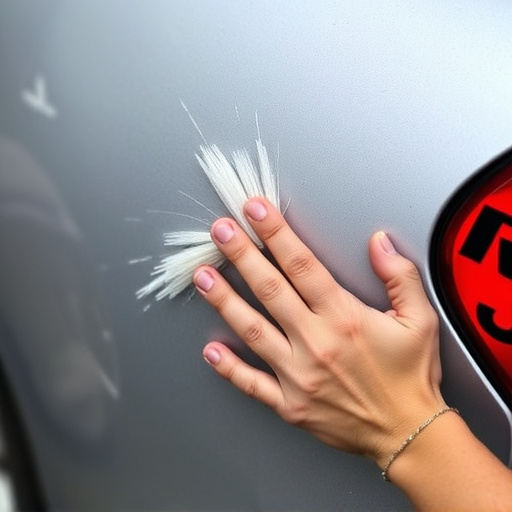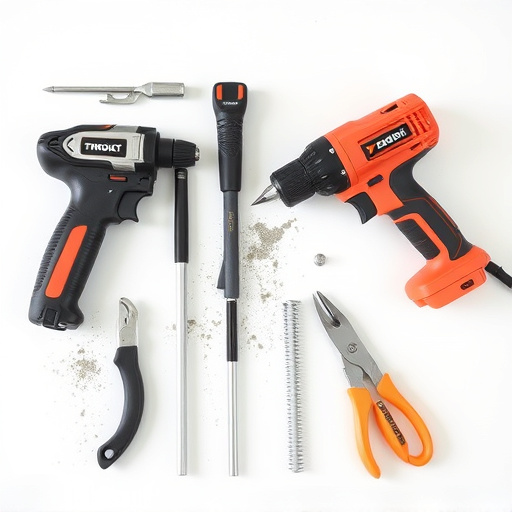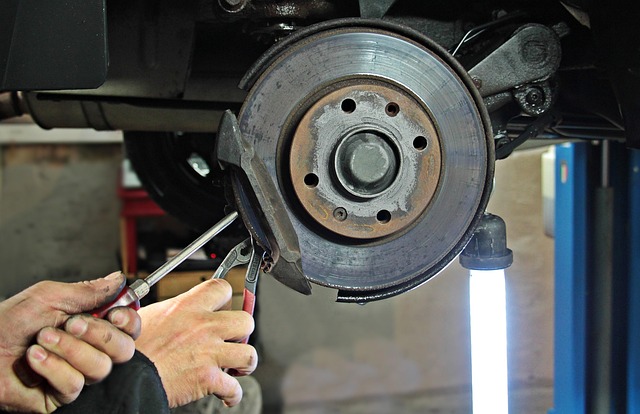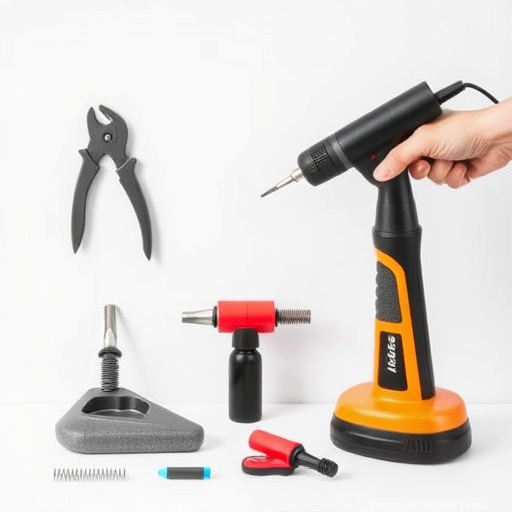Diminished value claims compensate for a vehicle's reduced market value after damage or an accident, even with repairs. Act immediately post-incident to strengthen your claim with fresh evidence. Document details, repair costs, and resale value impact using pre/post-incident appraisals and auto service estimates. Prove necessary repairs with receipts for smoother claim processing.
Discover when it’s the right time to file a diminished value claim and maximize your compensation. This guide breaks down the intricacies of these claims, emphasizing timing as a critical factor in your financial recovery. Learn what components constitute a strong case and how to navigate this process effectively. Understanding diminished value claims can ensure you receive fair compensation for vehicle damage over and above repair costs.
- Understanding Diminished Value Claims
- When to Act: Timing is Crucial
- Elements Required for a Valid Case
Understanding Diminished Value Claims

Diminished value claims are a type of insurance compensation that recognizes the decrease in a vehicle’s worth after an accident or damage. This concept is based on the idea that even if your car is repaired, it may not return to its pre-incident condition, impacting its overall market value. It’s crucial to understand that these claims focus on the loss of value, rather than repair costs, and are designed to provide owners with financial relief for non-visible or subjective losses.
When considering whether to file a diminished value claim, it’s essential to assess the extent of the damage and its impact on your vehicle’s resale value. This may involve evaluating factors like cosmetic repairs, paint work, and the replacement of parts, especially visible ones such as fenders, bumpers, or windshields (requiring auto glass repair). Auto body services play a significant role in restoring vehicles to their original state, but it’s important to remember that even with professional repairs, the vehicle’s perceived value by potential buyers might still be lower than before the incident.
When to Act: Timing is Crucial

When to Act: Timing is Crucial
The process of filing a diminished value claim can be complex, and understanding when to act is essential for a successful outcome. Timing plays a pivotal role in ensuring your claim is valid and that you receive fair compensation for the decreased value of your vehicle after an accident or damage. Ideally, you should initiate the claims process as soon as possible after the incident. Prompt action allows for fresh evidence, including photographs and expert assessments, which can significantly strengthen your case.
Delving into the specifics, it’s advisable to begin by documenting all relevant details—the date, location, and extent of damage—and gathering necessary information from insurance providers or collision repair services. Additionally, considering the impact on your vehicle’s resale value, especially in the context of auto repair services and car body restoration, can help justify the claim. Remember, a well-timed diminished value claim demonstrates that you are proactive in mitigating potential financial losses, ensuring a smoother process for both you and the insurance company.
Elements Required for a Valid Case

When considering whether to file a diminished value claim, it’s crucial to understand what elements constitute a valid case. First and foremost, you must establish that there has been a reduction in your vehicle’s value due to damage or repairs, which is often as a result of an accident or incident. This decrease in value should be quantifiable; therefore, documenting the pre-and post-incident worth of your vehicle through detailed records and, if possible, expert appraisals is essential.
Additionally, for a successful diminished value claim, you’ll need to prove that the repair work was necessary and performed competently. This involves obtaining estimates from reputable auto repair services or bodyshops detailing the cost of repairs, including any replacement parts like auto glass. It’s important to keep all receipts and documentation related to these services as they serve as evidence supporting your case.
Diminished value claims are a powerful tool for vehicle owners to recover losses after an accident. By understanding the process, timing, and required elements, you can ensure a successful claim. Remember, acting promptly is key, as delays may hinder your chances of receiving fair compensation. With the right approach, you can navigate this process effectively and protect your investment.














